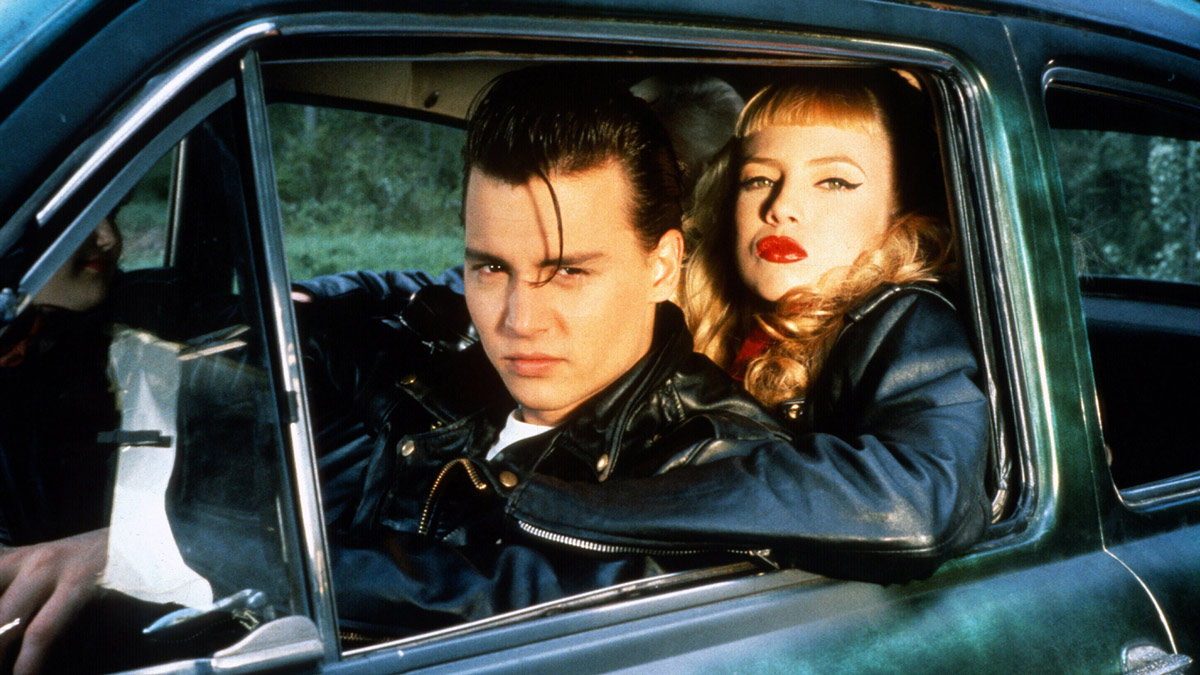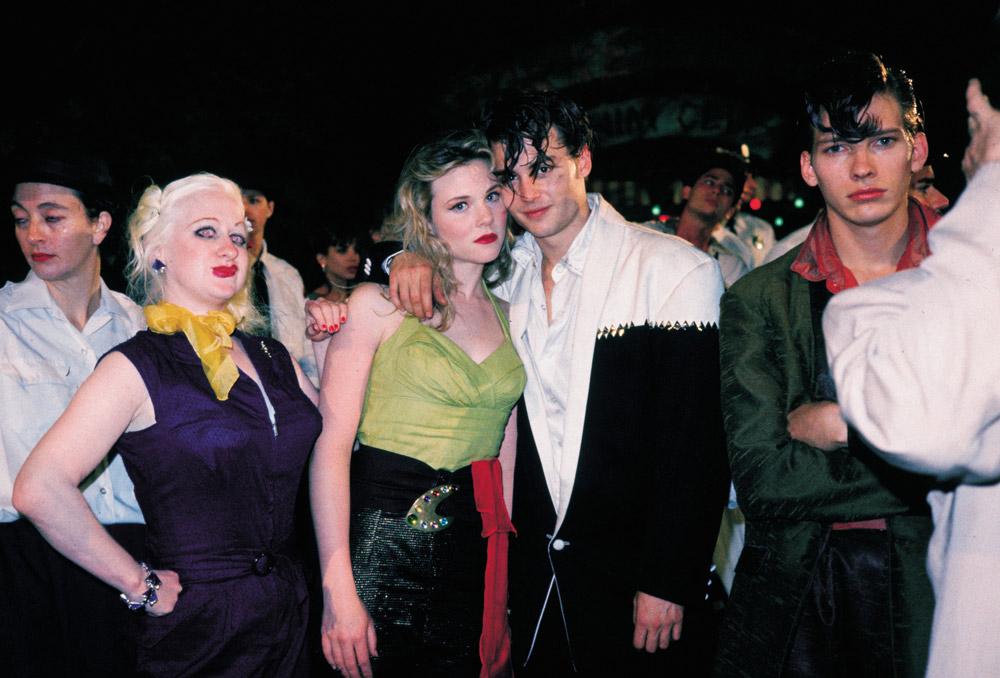
(c) Photofest / Getty Images
Johnny Depp's first starring role, "Cry-Baby," depicts the other side of preconceptions and stereotypes.
2020.08.13
Inspired by social issues in the 1950s
To give you a quick synopsis, the story is set in Baltimore in the 1950s, and a group of delinquents and a group of honor students who grew up in somewhat wealthy families are in conflict, and a love story filled with rock'n'roll develops between them. Iku————. In other words, it's Baltimore's version of "Romeo & Juliet."
The inspiration came from Waters' own childhood memories. At that time, as various cultures and values began to flourish after the war, the ``delinquency of young people'' became a social issue and was often reported in the newspapers. It is said that the people around him repeated the words, ``That's how you end up when you become a delinquent, it's scary,'' every time a new incident occurred.

"Cry-Baby" (C) 1989 Universal Studios. All Rights Reserved.
By the way, the director in question, Waters, comes from a relatively privileged family. For him, the existence of delinquents must have been ``a world on the other side'' across a border, but in this work he never depicts bad guys as ``superficial bad guys.'' Rather, as if expressing his admiration for a world he had never been able to step into, Waters removes any preconceived notions in this work and dives into the inner world of delinquents, finding them surprisingly kind, polite, and sensitive. , he vividly depicts a soul that cares for its friends.

